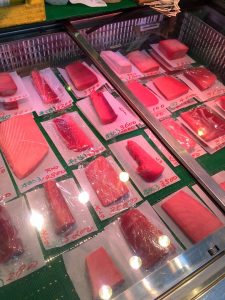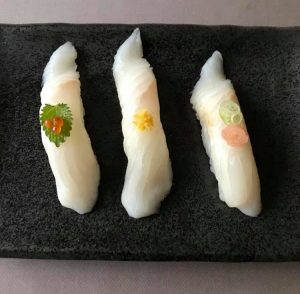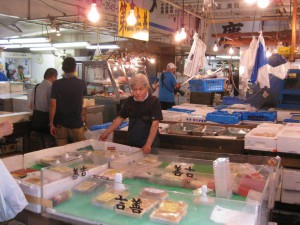
Yes, it does.
Here the other day I ate sushi which was made in a Danish sushi restaurant.
The sushi tasted different because other ingredients are used. Denmark is also one of the countries where many kinds of topping are used on sushi pieces.
The sushi with topping had a less flavor than the sushi I make without topping which are normally served in Japanese restaurants.
Raw materials do have lot of flavor and taste and you should only use topping to give the dinning experience an extra dimension.
At the Sushi course for beginners you will learn to make delicious and tasty sushi pieces.
_
Zoë has held sushi courses and cooking classes for A. P. Moller – Maersk, Hugo Boss Nordic, Novo Nordisk, Novartis, Velux, Gorrissen Federspiel, Beierholm revision, Elbek & Vejrup and many more.









